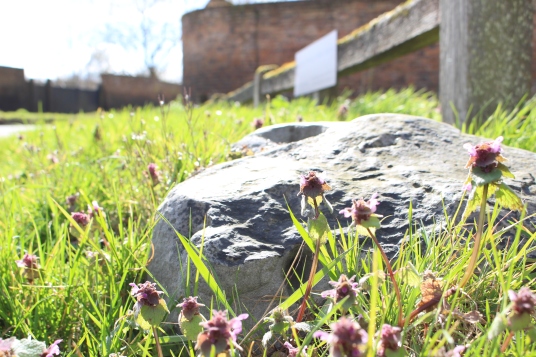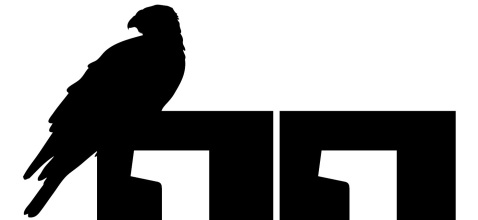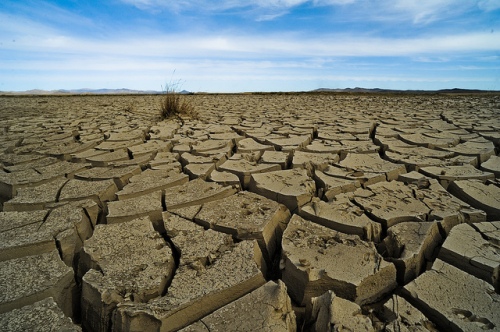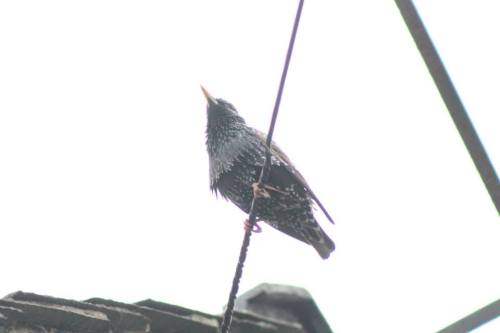About a year ago I had the good fortune to be published in this beautiful collection by the Dunlin Press. In my piece I talked about human land management from a few angles but with a particular focus on the plight of the lapwing. This stunning bird was once a regular across East Anglia but now is a rare sight after numbers have plummeted, a fact demonstrated by the fact that I failed to see one while putting together my extract.
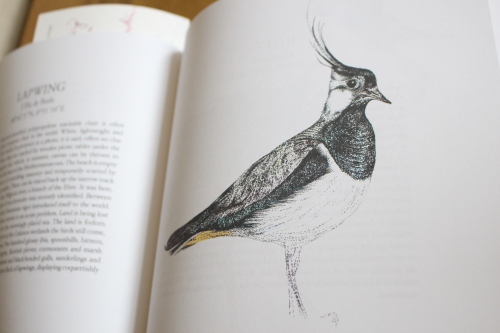
However, in the last week or so I have been much more fortunate and can now say I am a delighted, true acquaintance to these charming creatures.
I first spotted one just before the new year. We were on our way for a spontaneous day out at the zoo and as we swung round a roundabout in the dense morning fog a distinctive curl caught me eye. “It’s a lapwing!”, I exclaimed to Ryan, and enjoyed the rest of the ride in a mixture of surprise and pleasure. It had only been the briefest of glances but I was absolutely certain I had finally seen a bird that had eluded me before then.
When we drove back some hours later though some doubt started to sink in. As we came round the curve the other way I could see the same figure, sat in practically the same place by the road side. By the end of the day I had half convinced myself it had to be a very realistic statue or some other trick as I couldn’t understand why it would have barely moved the whole day.
Luckily about a week later a happened to have the chance to chase my doubts away. On another errand we happened to pass the same roundabout again, and having noticed a small car park at the side of it I asked Ryan to pull over so we could take a little wander and explore the area. Barely a few metres from the car park and a figure in the sky caught my eye. The wings were splayed out and dark as it made its way to the ground and once it had landed I could see that curl once again. It was another lapwing, and this time there couldn’t be a shred of doubt to it’s identity or realness.
As my view of the field widened from this individual I noticed there was a whole flock, maybe up of about 20 or 30 birds, scattered over the landscape, picking their way through the grass with high peewit calls occasionally singing over the noise of passing cars. We stood and watched them for a while before giving into the cold, which could not be kept out by simply the thin jumper I had on. As we drove away though I got a final close-up glance, as one bird stood by the side of the road, perhaps a metre away from me. As I passed it I could see every shade of iridescent colour and could see the bright gleam of its eyes.
Perhaps it won’t come as a surprise that I’m not much of a birdwatcher. I love to observe them but there’s only a few times I’ve specifically gone out to seek them. It’s something I want to do more but for the moment there is something pleasing and fulfilling in these kinds of chance encounters, where I let a marvellous bird bring a sense of completeness to my day as I take in their motions when we just so happen to cross paths.

